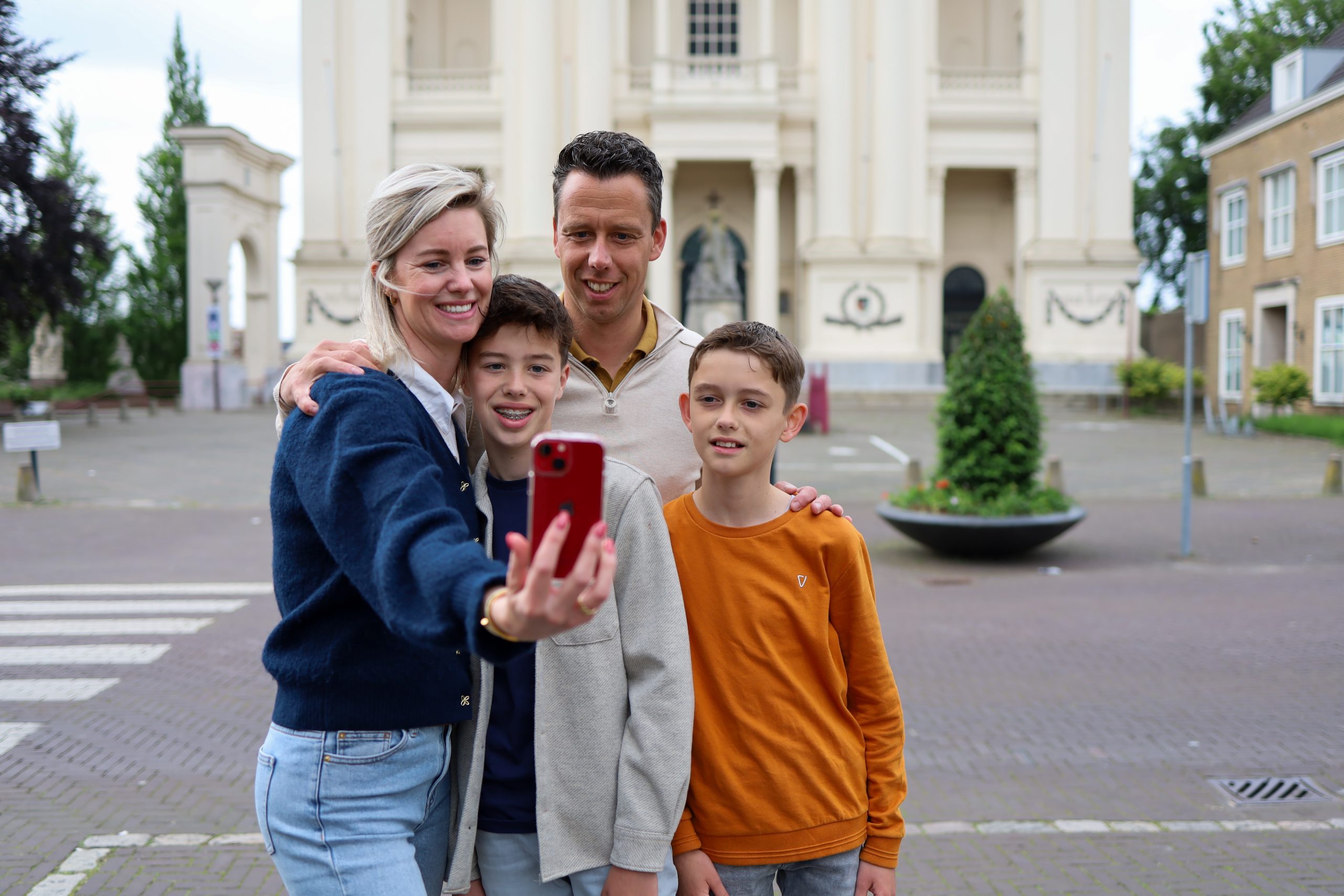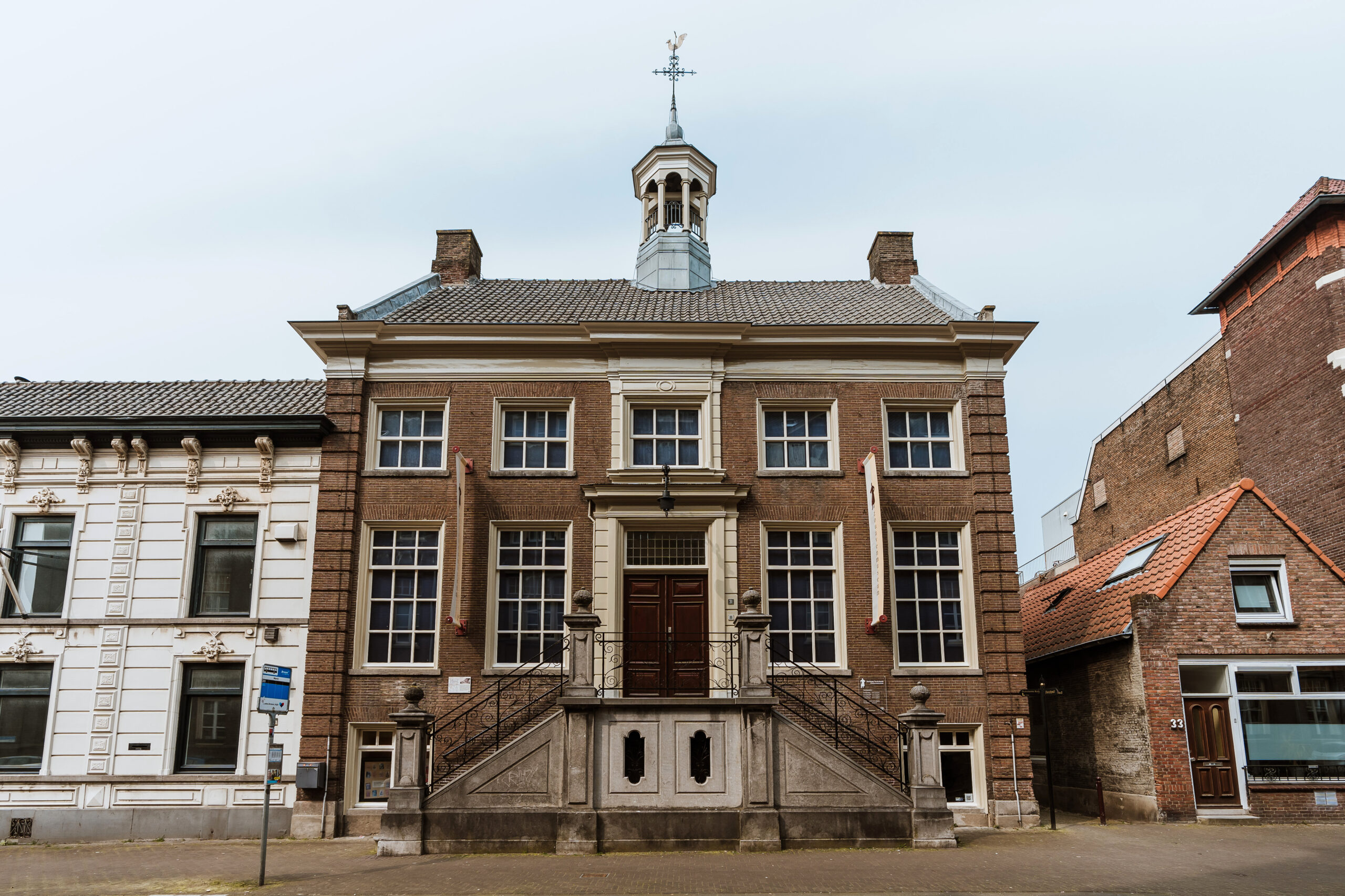Discover the 9 wonders of Oudenbosch! Walk past historical pearls such as the imposing basilica, atmospheric squares and unique monuments
You see it immediately in Oudenbosch: there is history in the air everywhere here. The basilica with its dome, the square, the statues... Discover the 9 wonders and more gems of the village. Simply follow the route: the 9 Wonders of Oudenbosch to encounter all Oudenbosch's sights.















